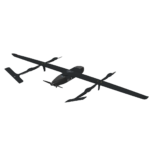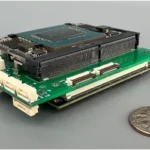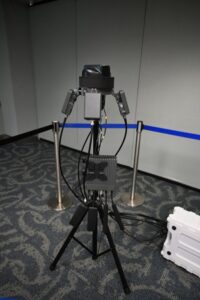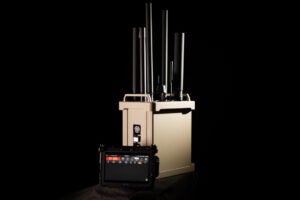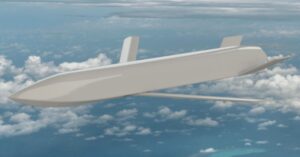
While companies like RTX [RTX], Lockheed Martin [LMT], General Dynamics [GD] and Boeing [BA] remain top DoD weapon heavyweights, the Pentagon is taking a step to move beyond the traditional field, as DoD has already for space and aircraft providers. The U.S. Air Force's Armament Directorate (AFLCMC/EB) and the Defense Innovation Unit (DIU) said on June 3 that they have picked four companies to develop prototypes for the rapid fielding and production of advanced weapons--Anduril Industries, Leidos' [LDOS] Dynetics subsidiary,…




